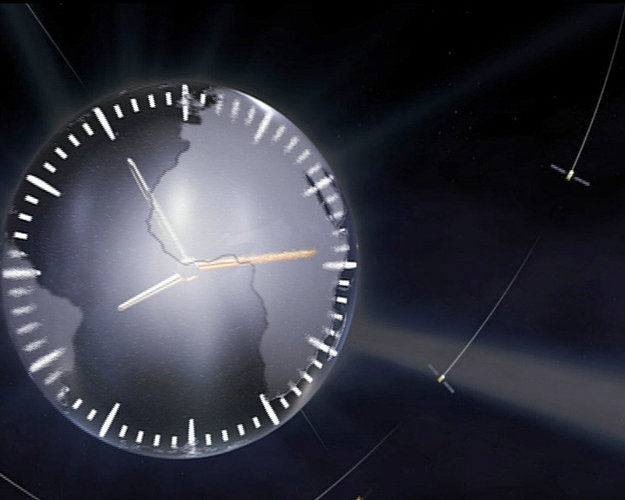Lawmakers ask House appropriators to add $50 million for DoD ‘tactically responsive launch’
Monday, 31 January 2022 21:42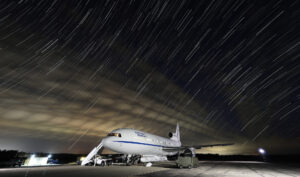
A bipartisan group of lawmakers in a letter Jan. 31 asked House defense appropriators to add $50 million to the Pentagon’s 2022 budget for tactically responsive space launch.
The post Lawmakers ask House appropriators to add $50 million for DoD ‘tactically responsive launch’ appeared first on SpaceNews.
Comtech unveils software-defined VSAT platform
Monday, 31 January 2022 16:25
Comtech Telecommunications unveiled a software-defined VSAT platform Jan. 31 to expand in the ground station market, less than a week after rejecting a $790 million takeover offer so it can double down on its growth strategy.
Hibernating for a trip to Mars, the way bears do
Monday, 31 January 2022 12:16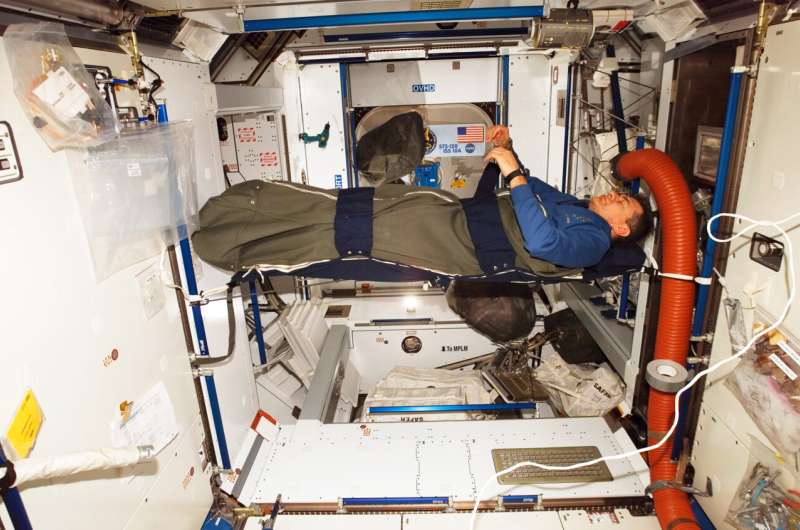
Hibernating astronauts could be the best way to save mission costs, reduce the size of spacecraft by a third and keep crew healthy on their way to Mars. An ESA-led investigation suggests that human hibernation goes beyond the realm of science-fiction and may become a game-changing technique for space travel.
When packing for a return flight to the red planet, space engineers account for around two years' worth of food and water for the crew.
Europe launches fund to invest in space startups
Monday, 31 January 2022 11:39
The European Commission is rolling out a new program to offer investment for European startups to keep those companies on the continent.
The post Europe launches fund to invest in space startups appeared first on SpaceNews.
Get to grips with analysing climate data
Monday, 31 January 2022 11:30
Satellites provide crucial, and increasingly important, information to help understand our changing climate. However, better understanding Earth observation data can be a daunting task for new users. A new online course, developed by the University of Twente, on behalf of ESA, helps students, researchers and other professionals analyse satellite data to help measure and mitigate against the effects of climate change.
Hibernate for a trip to Mars, the bear way
Monday, 31 January 2022 10:23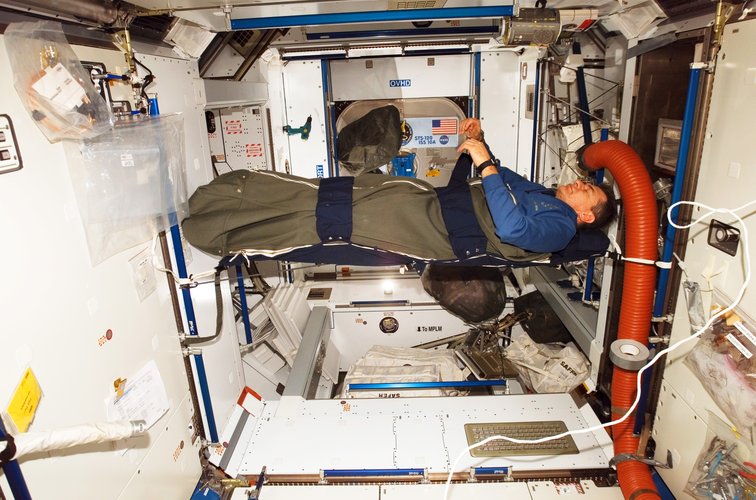
Hibernating astronauts could be the best way to save mission costs, reduce the size of spacecraft by a third and keep crew healthy on their way to Mars. An ESA-led investigation suggests that human hibernation goes beyond the realm of science-fiction and may become a game-changing technique for space travel.
China’s Deep Blue Aerospace targets big national, commercial launch opportunities
Monday, 31 January 2022 07:57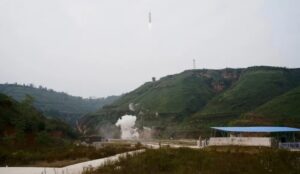
Chinese rocket firm Deep Blue Aerospace is developing a reusable launch vehicle in the hopes of securing commercial and launch contracts for commercial and major national projects.
CACI ramping up production of optical terminals for low Earth orbit satellites
Sunday, 30 January 2022 10:11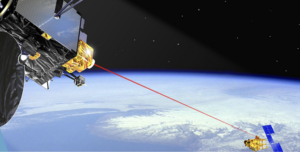
CACI will deliver 40 optical communications terminals for the Defense Advanced Research Projects Agency’s Blackjack satellites in low Earth orbit.
The post CACI ramping up production of optical terminals for low Earth orbit satellites appeared first on SpaceNews.
SpaceX scrubs Italian satellite launch third day in row
Sunday, 30 January 2022 05:39 SpaceX scrubbed its launch of an Italian Earth-observation satellite, the COSMO-SkyMed Second Generation 2, for the third day in a row Saturday.
"Due to weather in Florida affecting pre-launch operations, now targeting Sunday, January 30 at 6:11 p.m. EST for launch of COSMO-SkyMed Second Generation FM2 from SLC-40," the aerospace company tweeted.
It's the third day in a row SpaceX ha
SpaceX scrubbed its launch of an Italian Earth-observation satellite, the COSMO-SkyMed Second Generation 2, for the third day in a row Saturday.
"Due to weather in Florida affecting pre-launch operations, now targeting Sunday, January 30 at 6:11 p.m. EST for launch of COSMO-SkyMed Second Generation FM2 from SLC-40," the aerospace company tweeted.
It's the third day in a row SpaceX ha New experiment results bolster potential for self-sustaining fusion
Sunday, 30 January 2022 05:39 For more than 60 years, scientists have sought to understand and control the process of fusion, a quest to harness the vast amounts of energy released when nuclei in fuel come together. A paper published in the journal Nature describes recent experiments that have achieved a burning plasma state in fusion, helping steer fusion research closer than it has ever been to its ultimate goal: a self-su
For more than 60 years, scientists have sought to understand and control the process of fusion, a quest to harness the vast amounts of energy released when nuclei in fuel come together. A paper published in the journal Nature describes recent experiments that have achieved a burning plasma state in fusion, helping steer fusion research closer than it has ever been to its ultimate goal: a self-su ICEYE US Wins Contract To Participate in National Reconnaissance Office's Broad Agency Announcement For Commercial Radar
Sunday, 30 January 2022 05:39 ICEYE US, a subsidiary of ICEYE, the global leader in persistent Earth monitoring with radar satellite imaging, announced that it has received a contract from the National Reconnaissance Office (NRO). This contract enables ICEYE US to participate in the NRO's evaluation of commercial remote sensing companies operating synthetic aperture radar (SAR) satellites.
With a focus on modeling and
ICEYE US, a subsidiary of ICEYE, the global leader in persistent Earth monitoring with radar satellite imaging, announced that it has received a contract from the National Reconnaissance Office (NRO). This contract enables ICEYE US to participate in the NRO's evaluation of commercial remote sensing companies operating synthetic aperture radar (SAR) satellites.
With a focus on modeling and China's high-resolution multi-mode imaging satellite put into use
Sunday, 30 January 2022 05:39 China's high-resolution multi-mode imaging satellite has been officially put into use, according to the China National Space Administration (CNSA) Thursday.
The satellite was launched on July 3, 2020 from the Taiyuan Satellite Launch Center in north China's Shanxi Province. The summary review of its in-orbit test was completed on December 17, 2021.
The test results show that the sate
China's high-resolution multi-mode imaging satellite has been officially put into use, according to the China National Space Administration (CNSA) Thursday.
The satellite was launched on July 3, 2020 from the Taiyuan Satellite Launch Center in north China's Shanxi Province. The summary review of its in-orbit test was completed on December 17, 2021.
The test results show that the sate China completes health check on BDS satellite constellation
Sunday, 30 January 2022 05:39 A health check on all 52 in-orbit satellites of China's BeiDou Navigation Satellite System (BDS) has been completed, according to the Xi'an Satellite Control Center.
The center said the satellites met all key indicators, meaning the constellation can provide services without issue.
The evaluation was conducted without interrupting the satellites' usual navigation services, and develo
A health check on all 52 in-orbit satellites of China's BeiDou Navigation Satellite System (BDS) has been completed, according to the Xi'an Satellite Control Center.
The center said the satellites met all key indicators, meaning the constellation can provide services without issue.
The evaluation was conducted without interrupting the satellites' usual navigation services, and develo "Rivers" in the sky likely to drench East Asia under climate change
Sunday, 30 January 2022 05:39 It's been becoming more and more clear that global warming means more than just warmer temperatures. Extreme weather events are becoming more frequent and more intense in many different parts of the world, creating an urgent need to predict and prepare for these changes.
In a new study published in Geophysical Research Letters, a research team led by the University of Tsukuba has reported
It's been becoming more and more clear that global warming means more than just warmer temperatures. Extreme weather events are becoming more frequent and more intense in many different parts of the world, creating an urgent need to predict and prepare for these changes.
In a new study published in Geophysical Research Letters, a research team led by the University of Tsukuba has reported 
